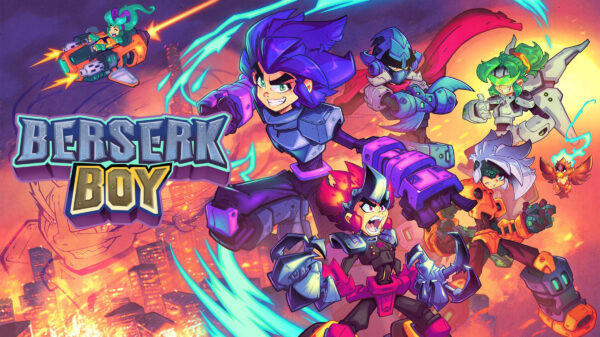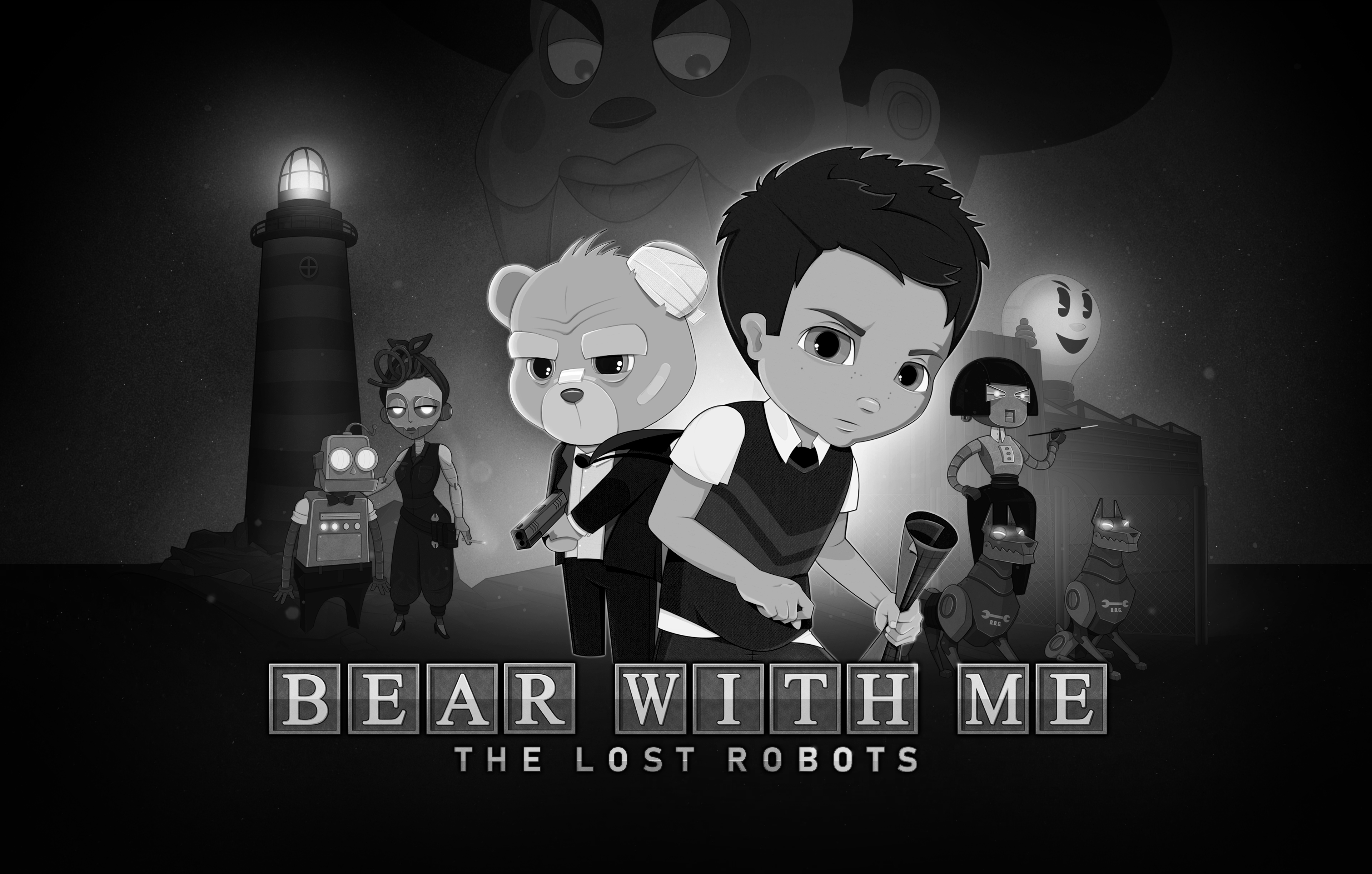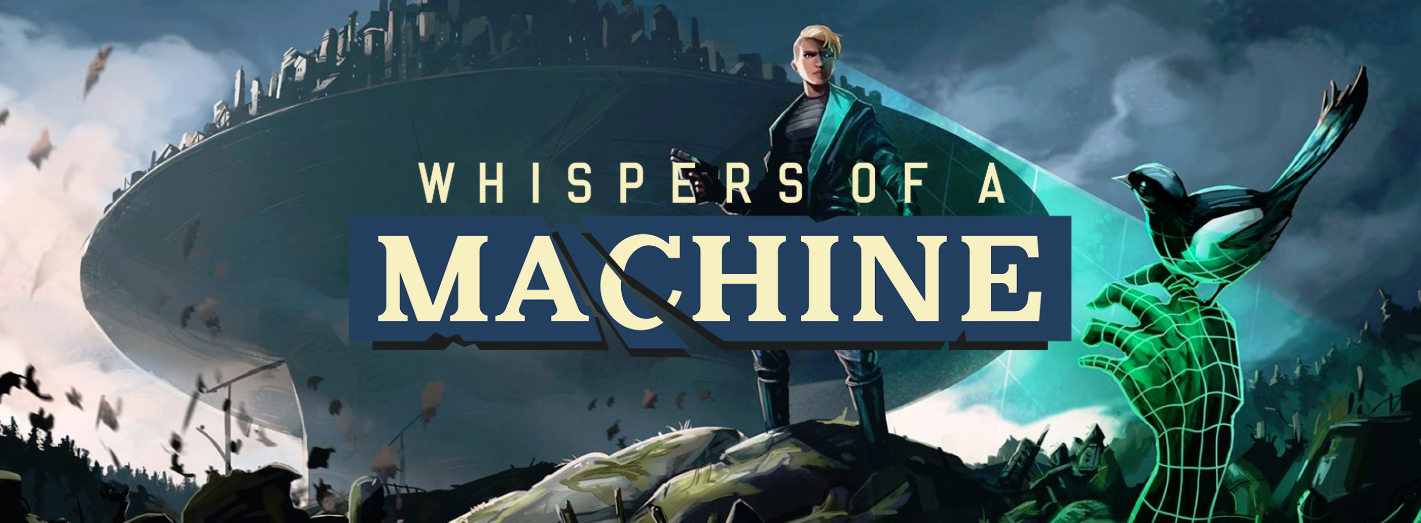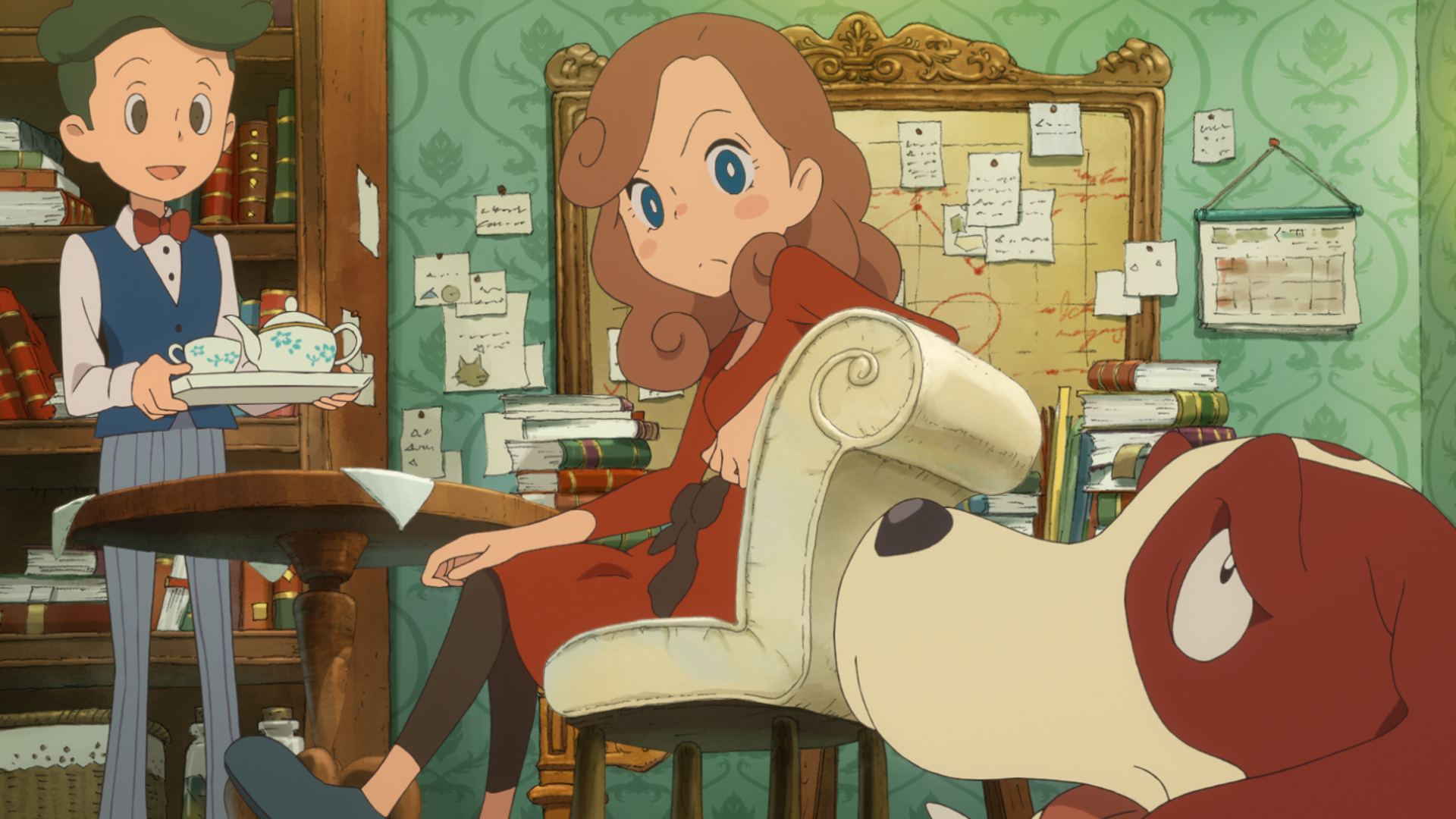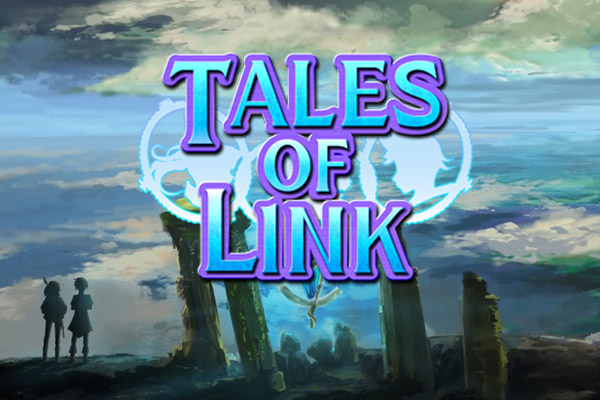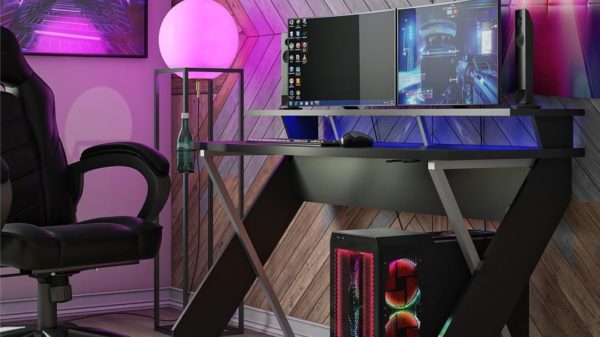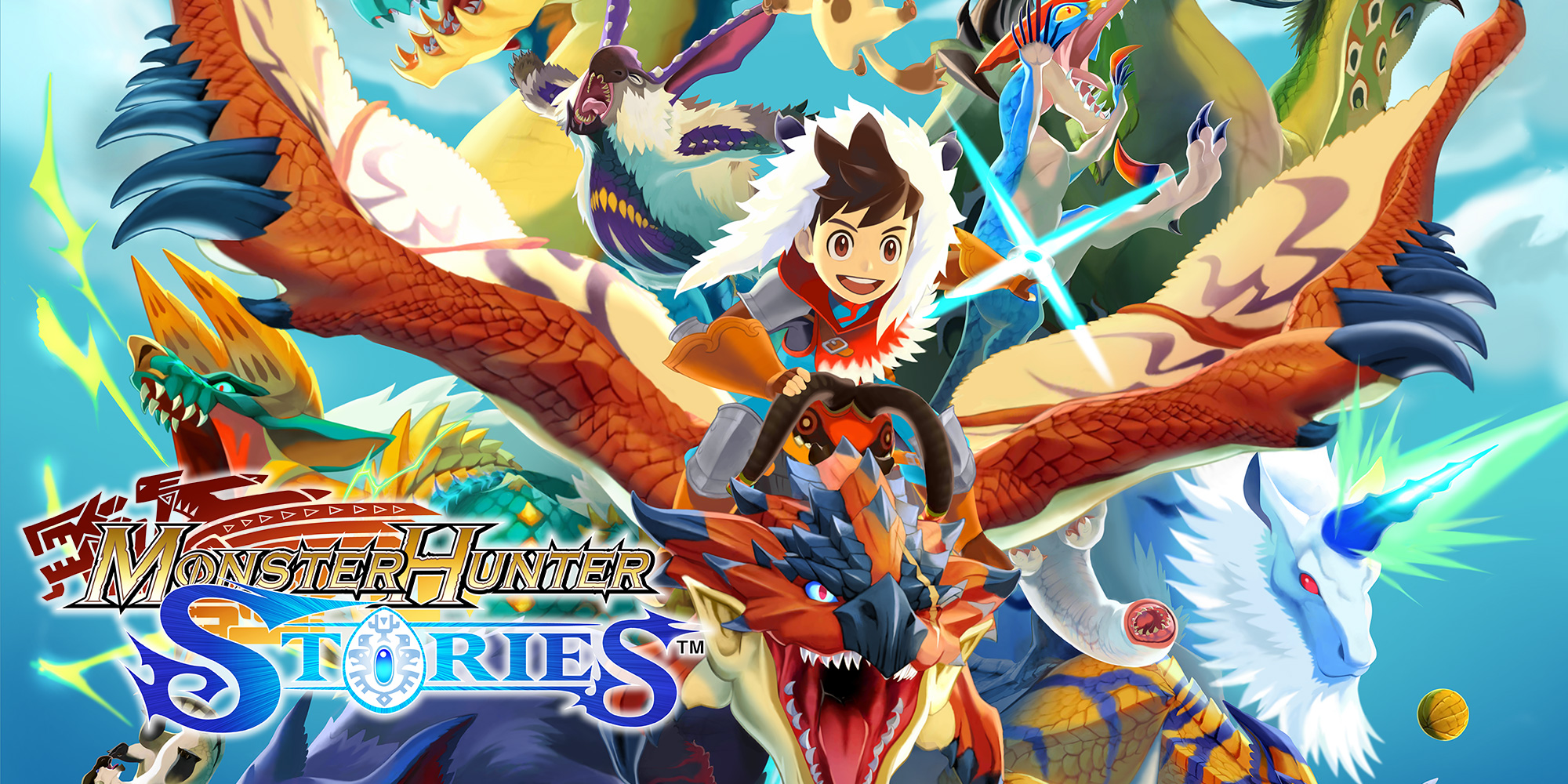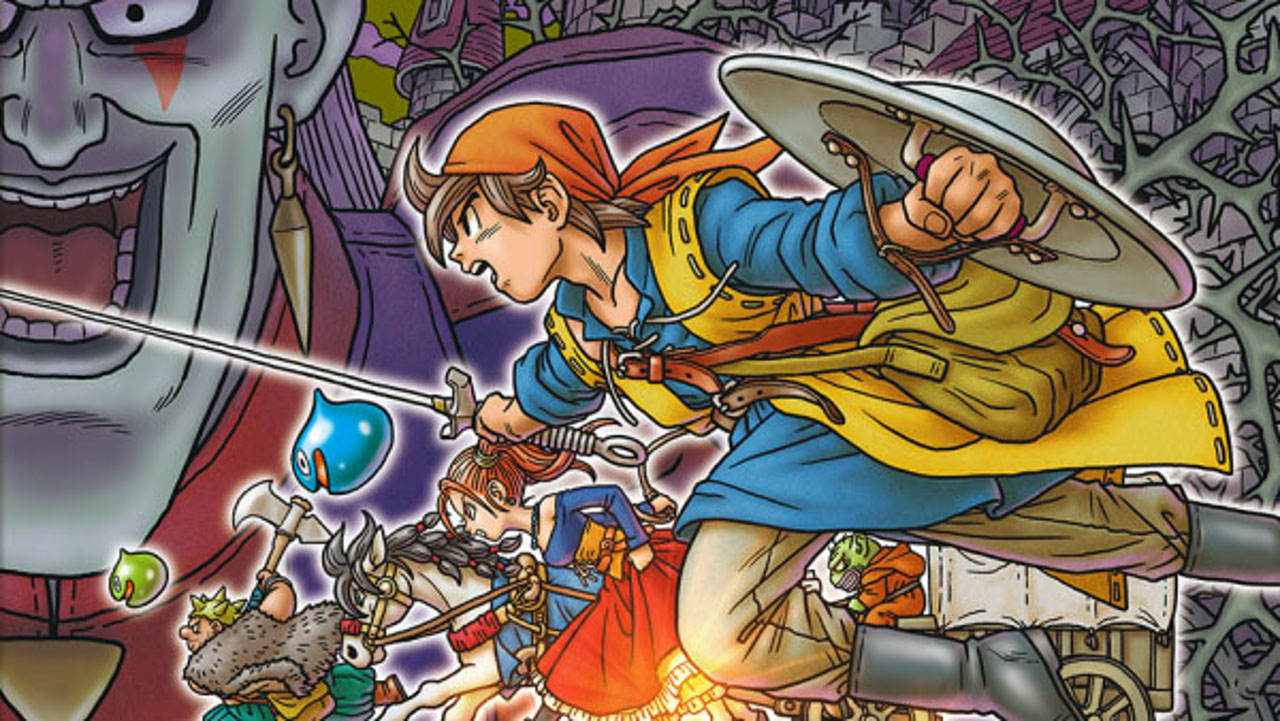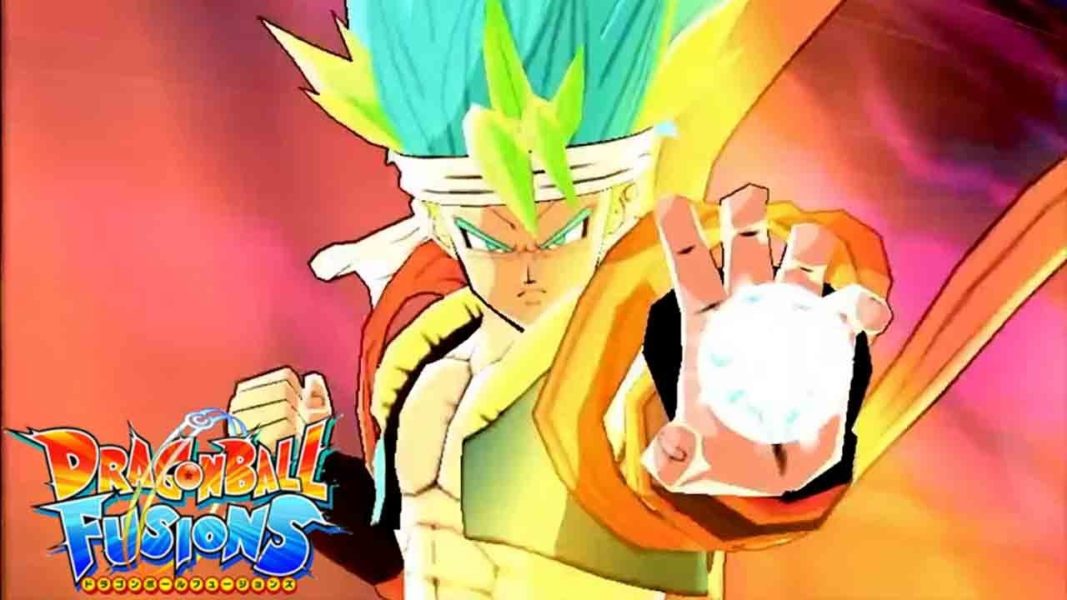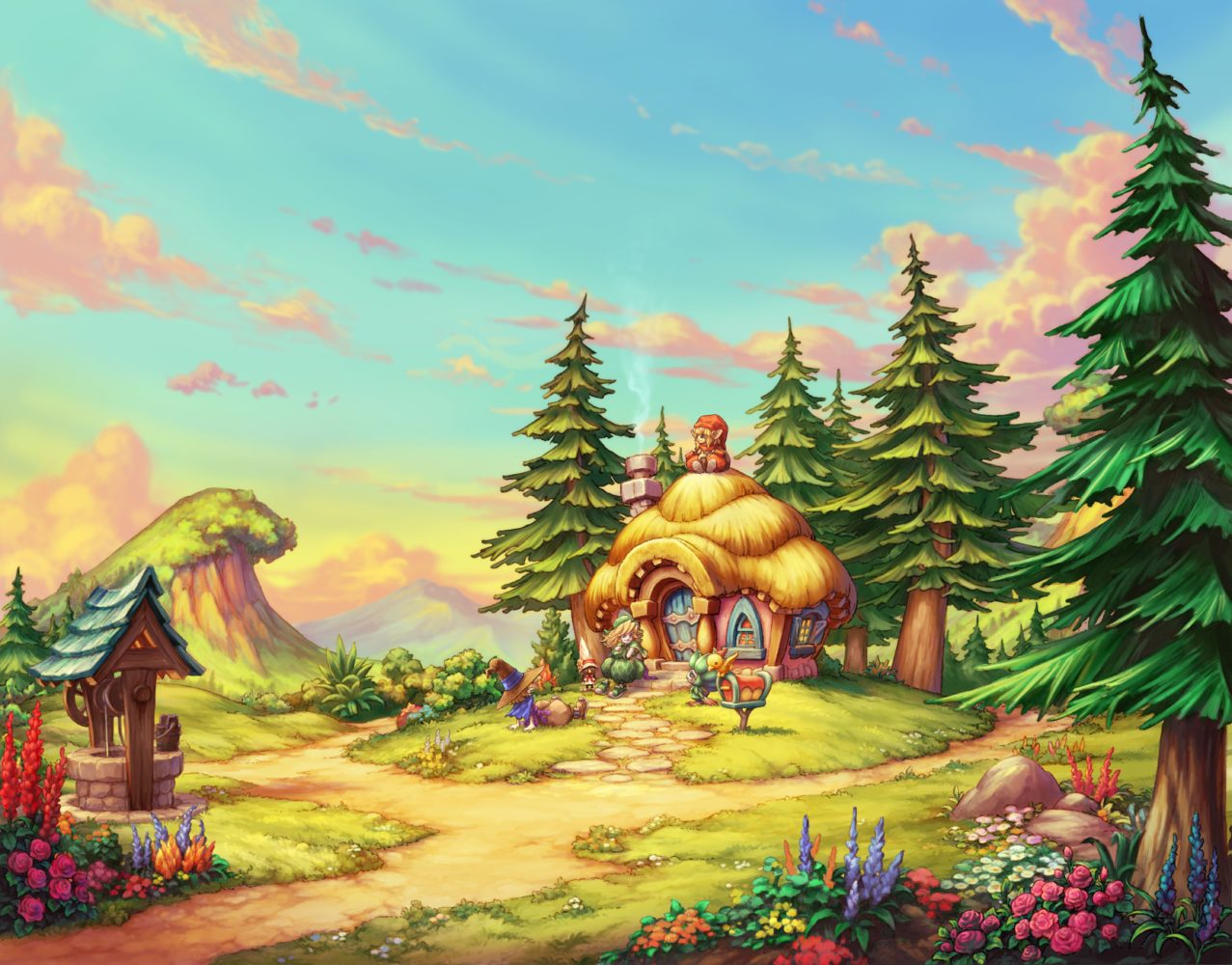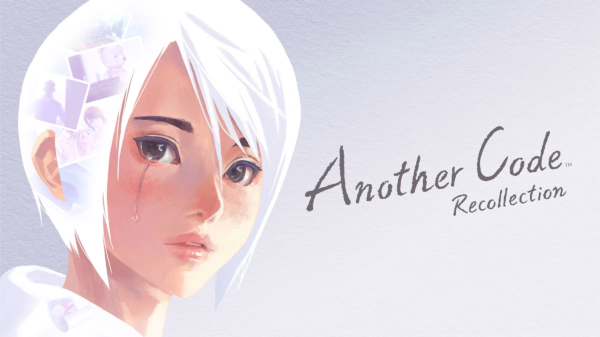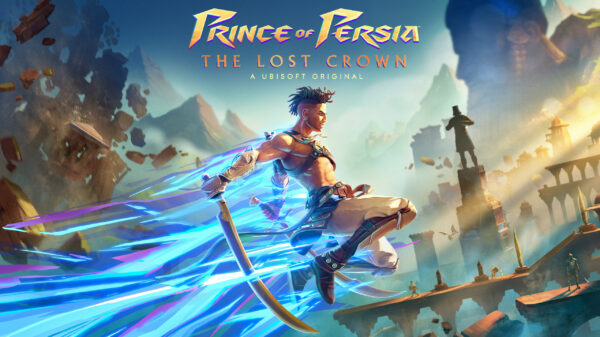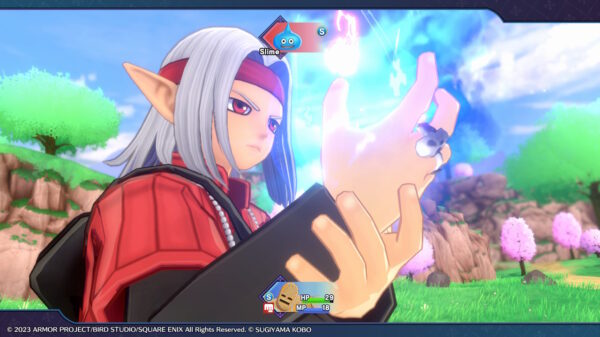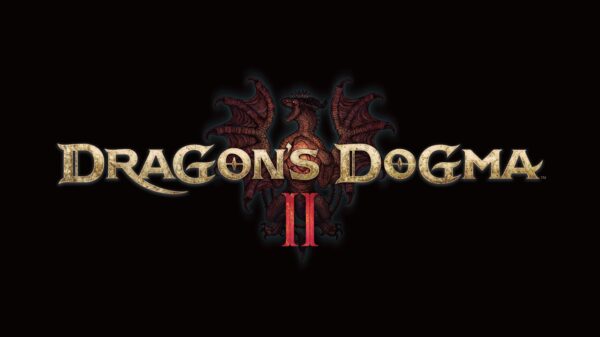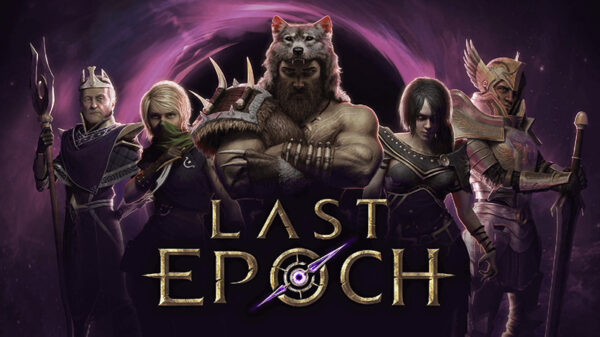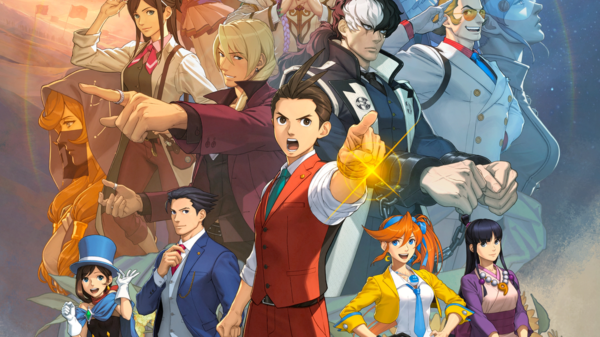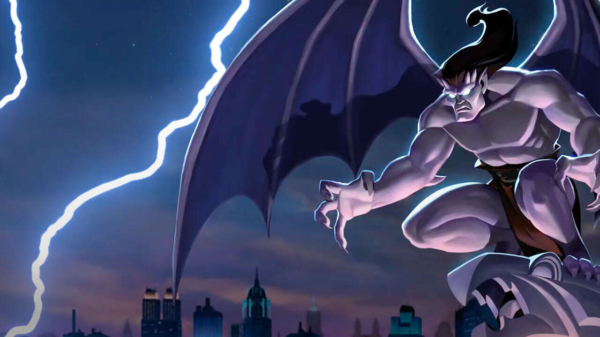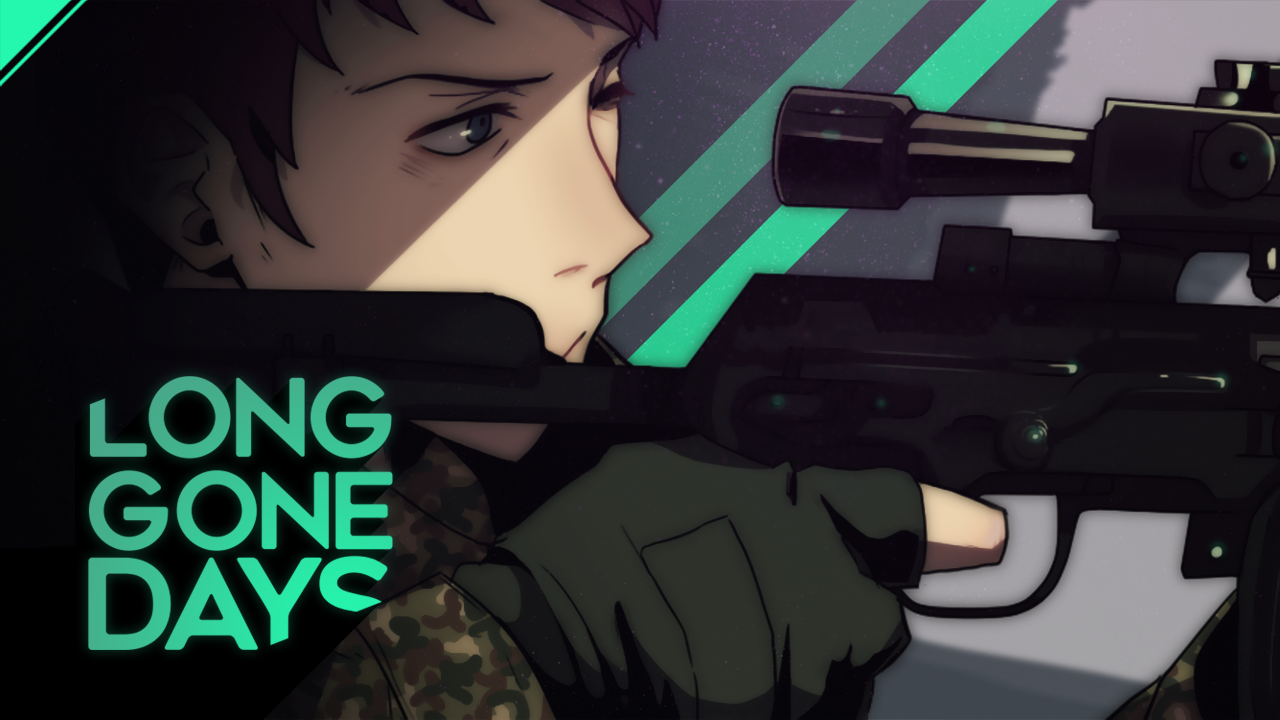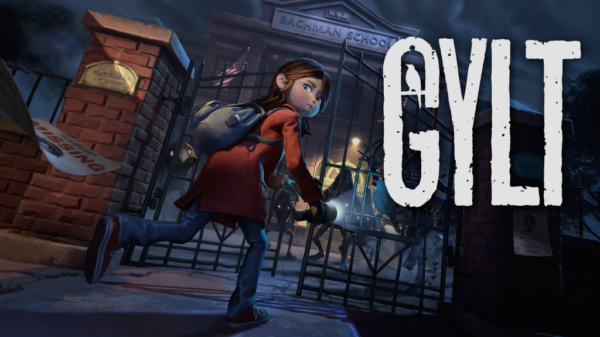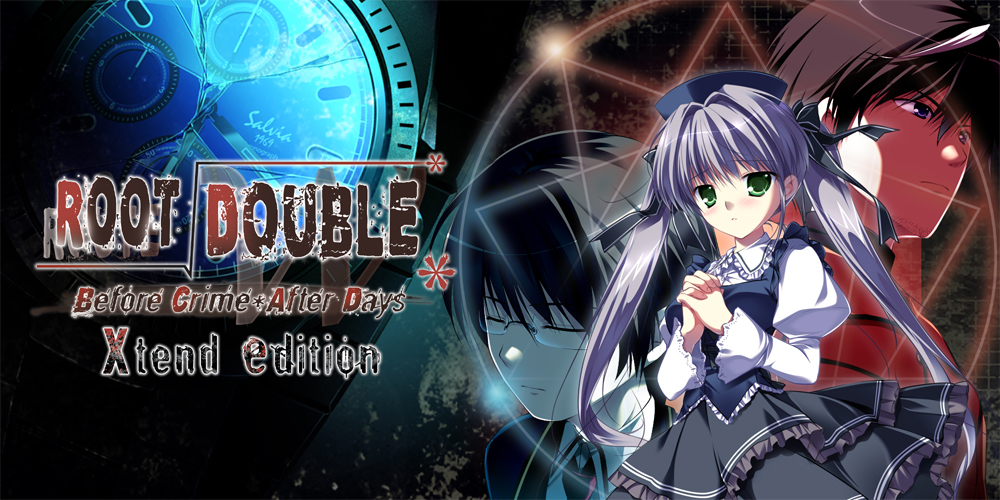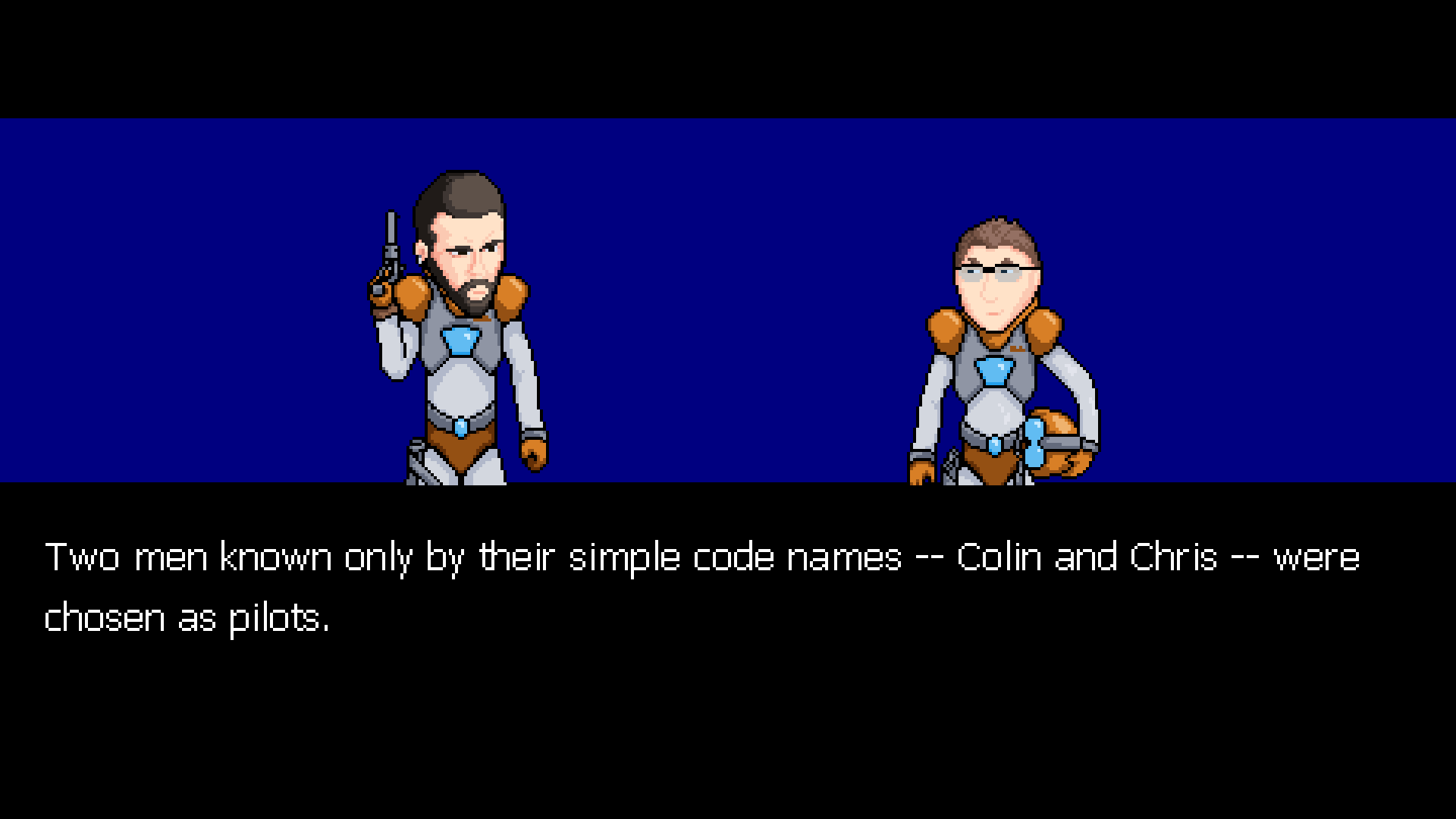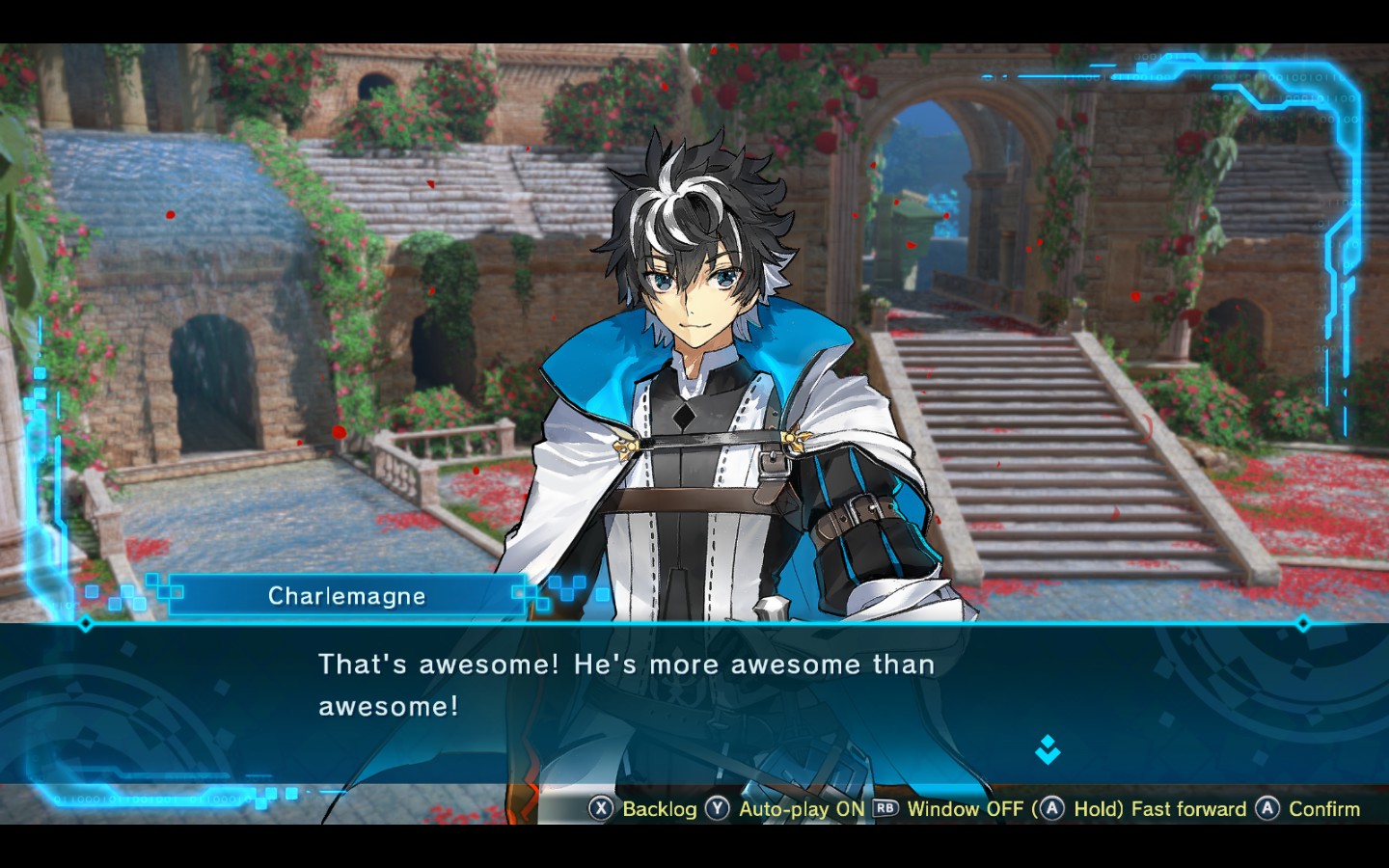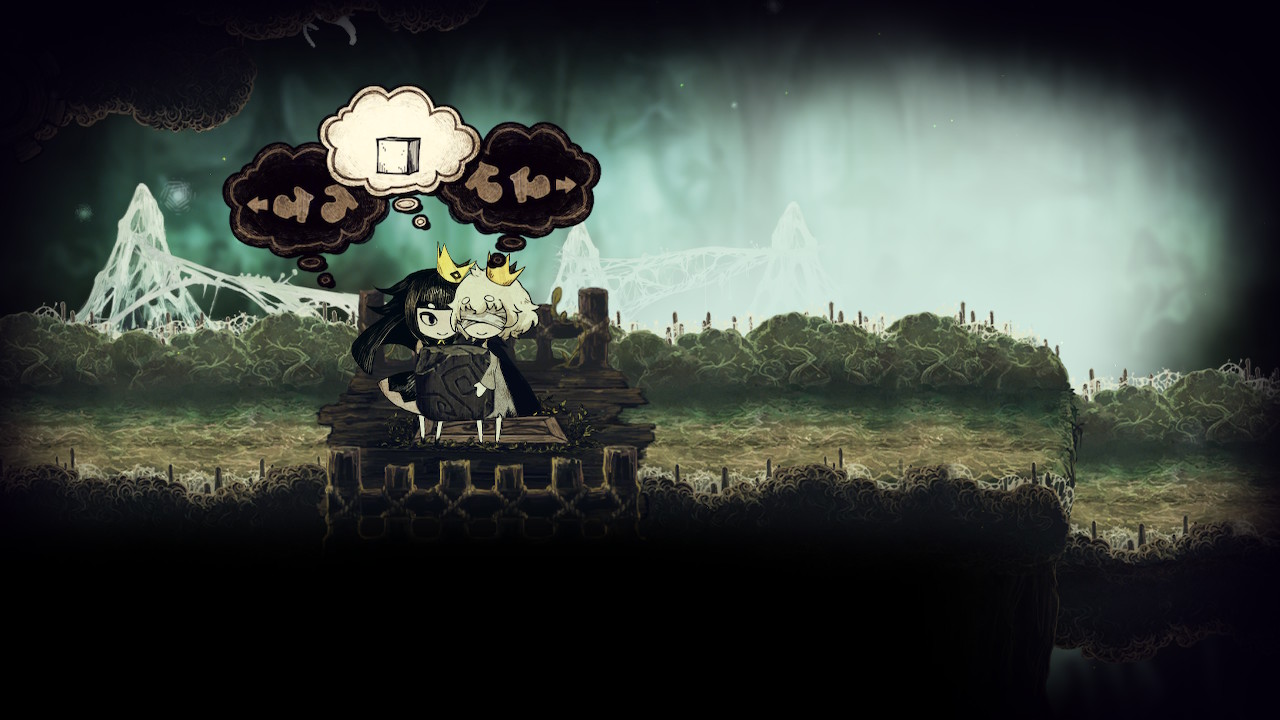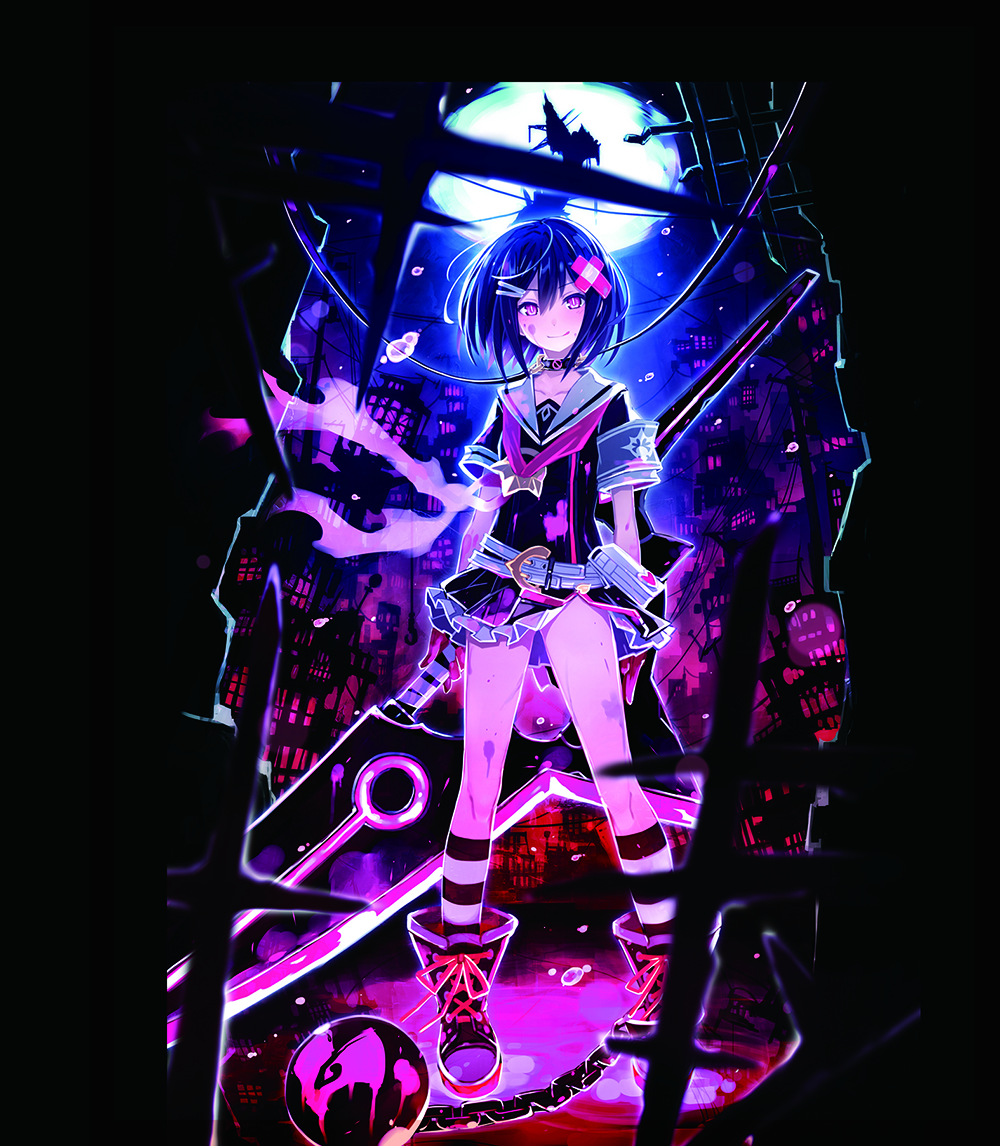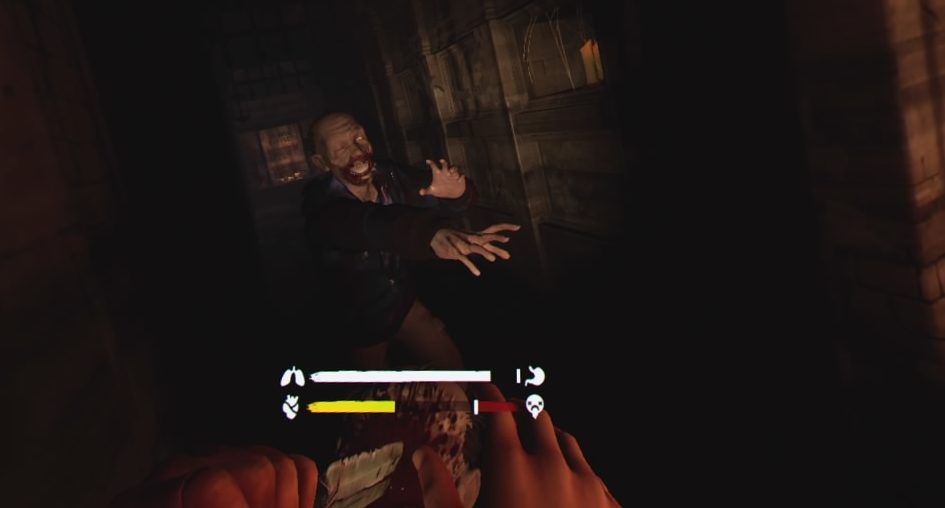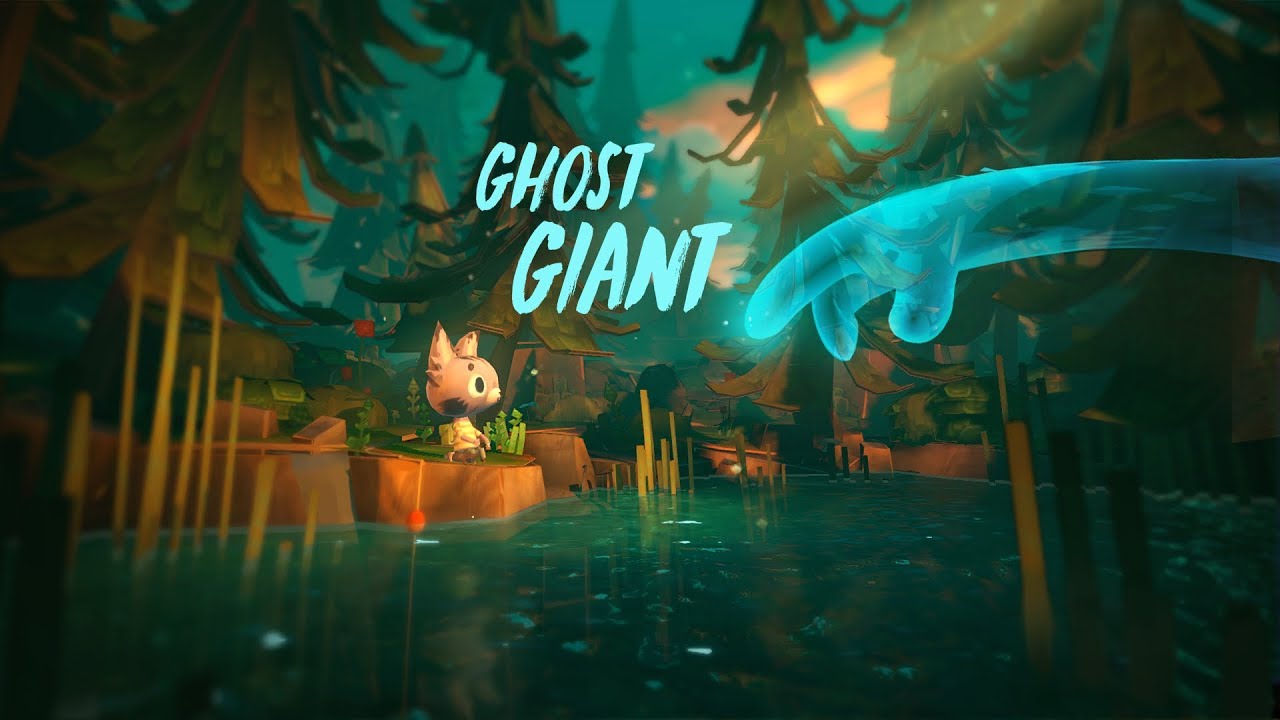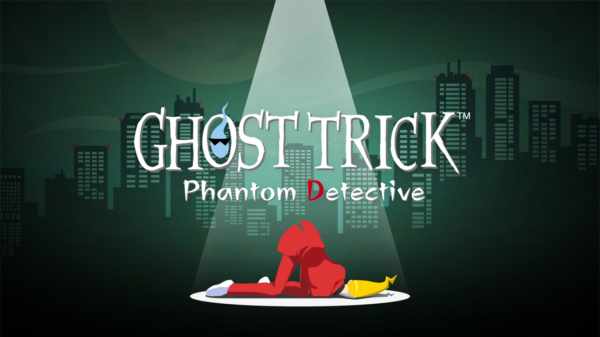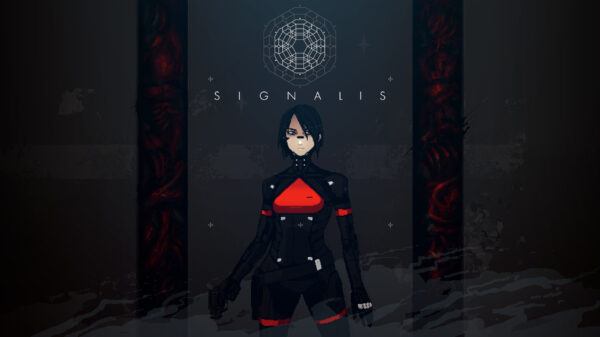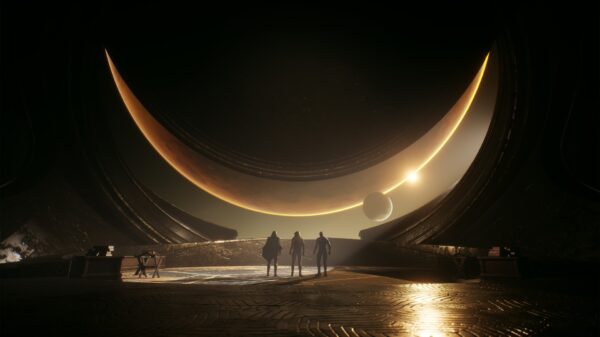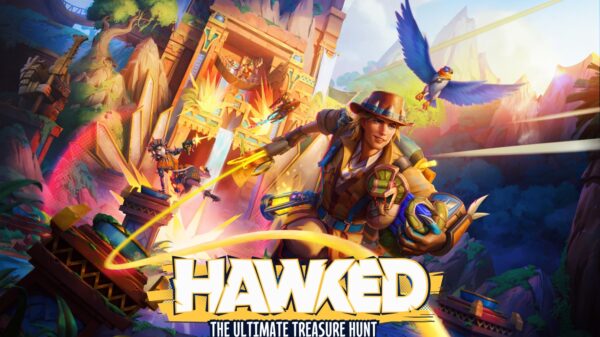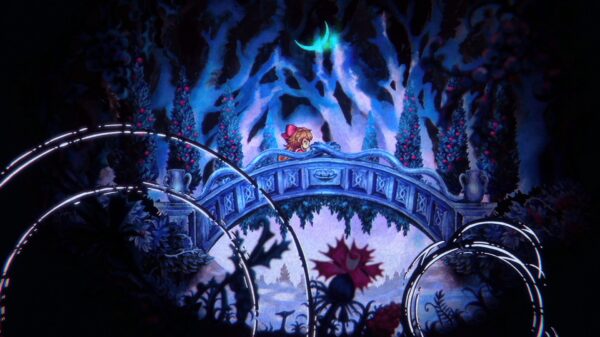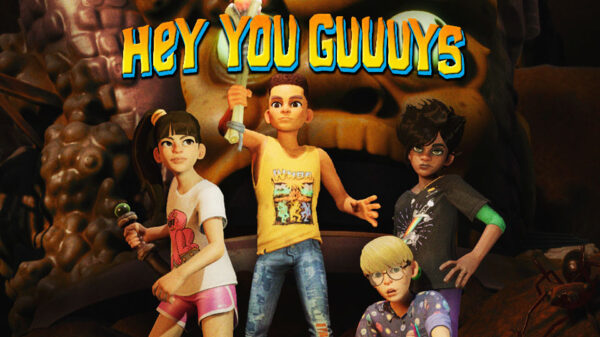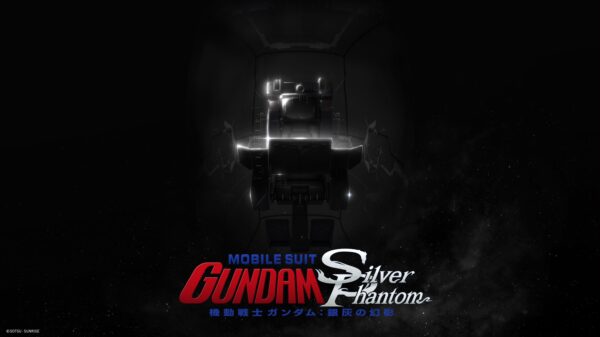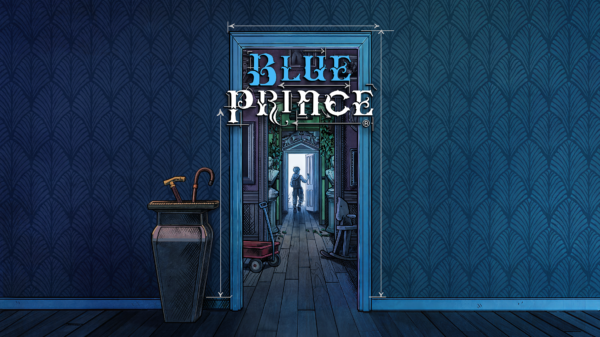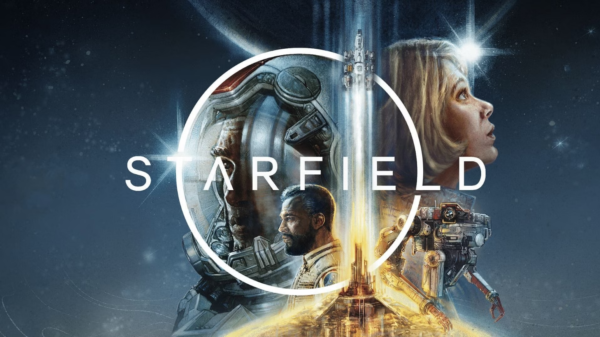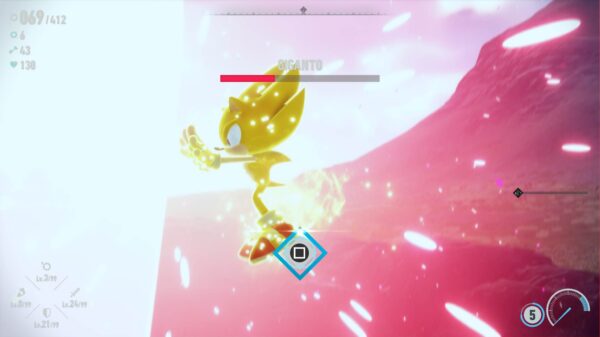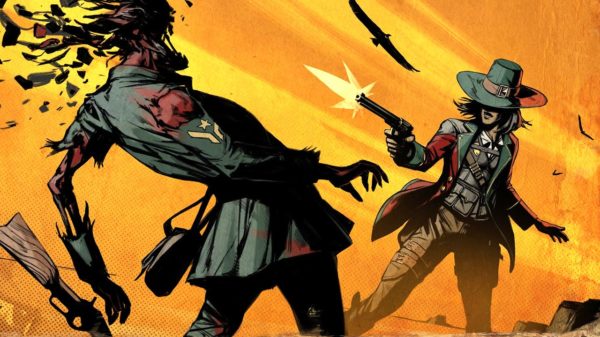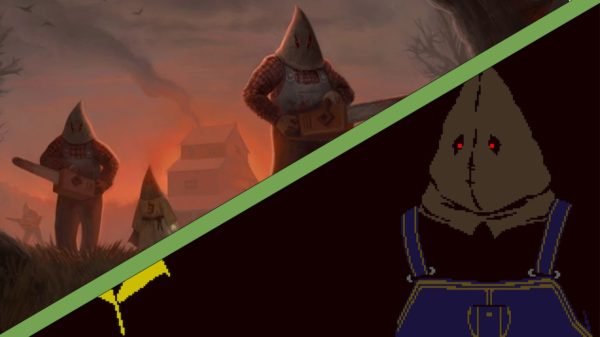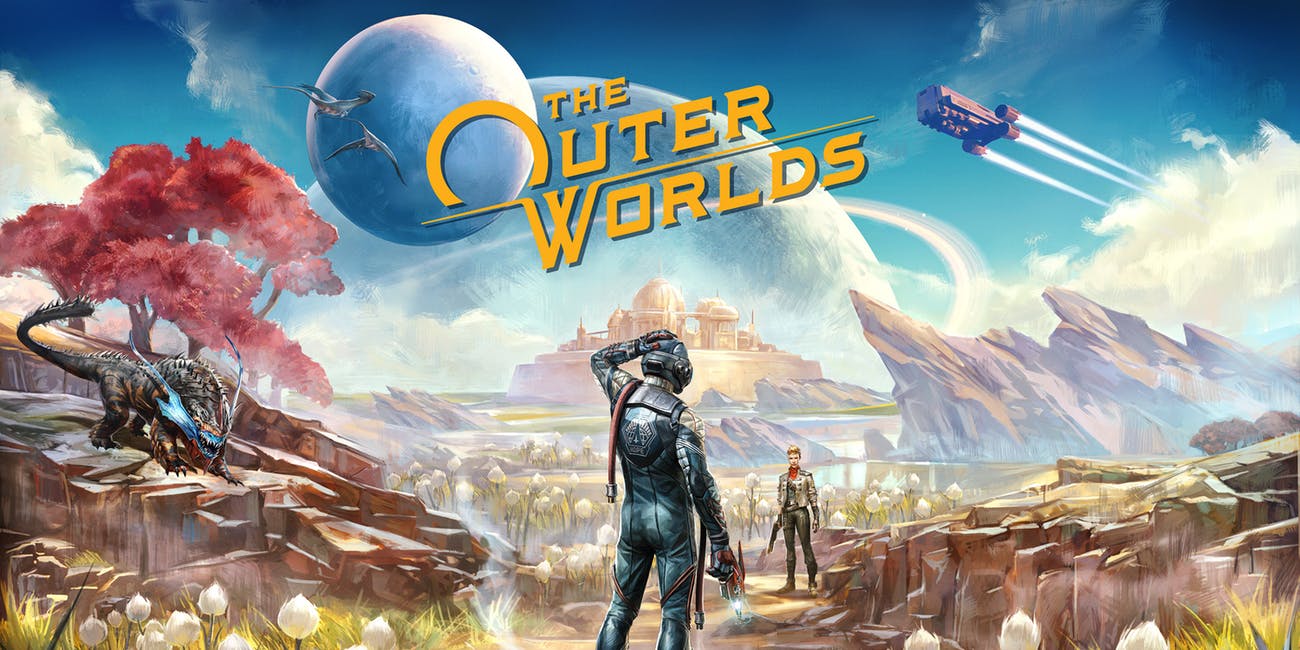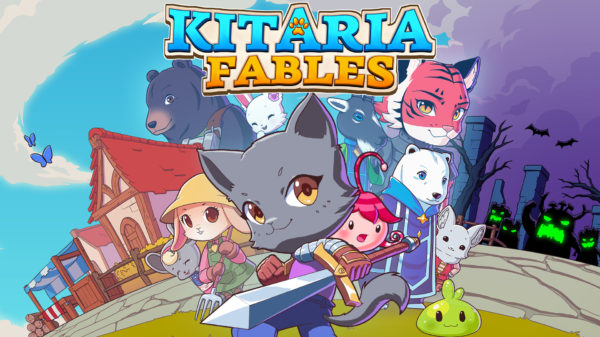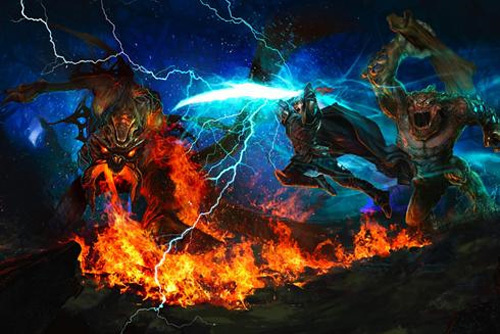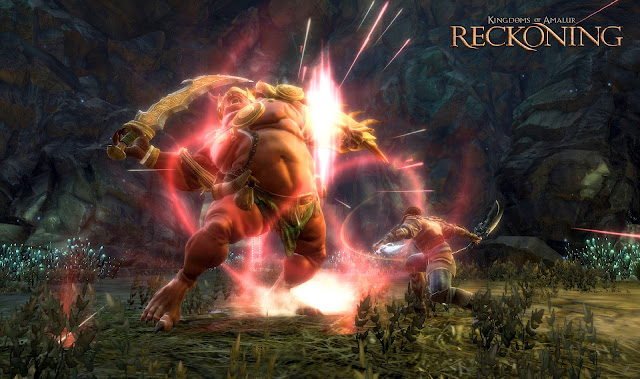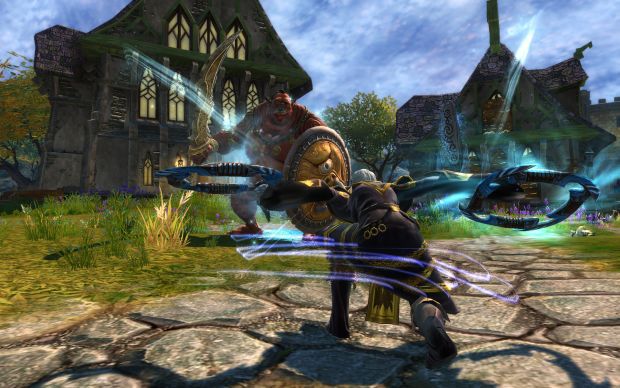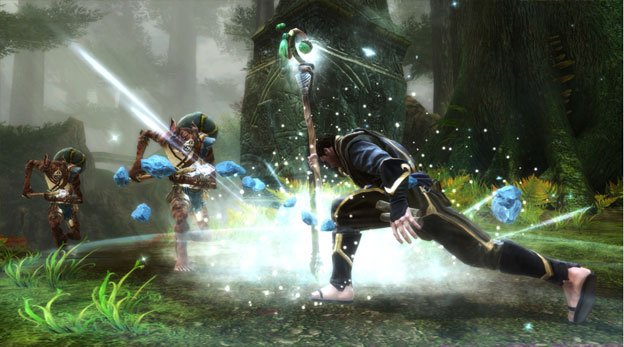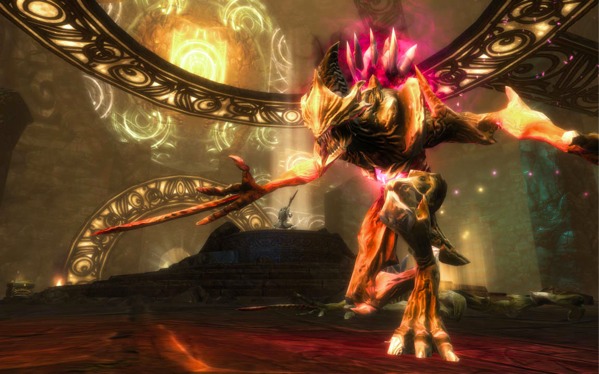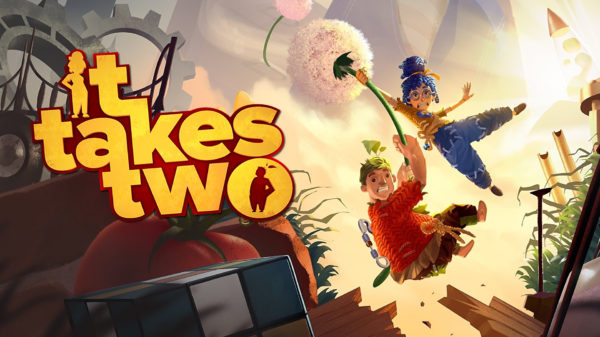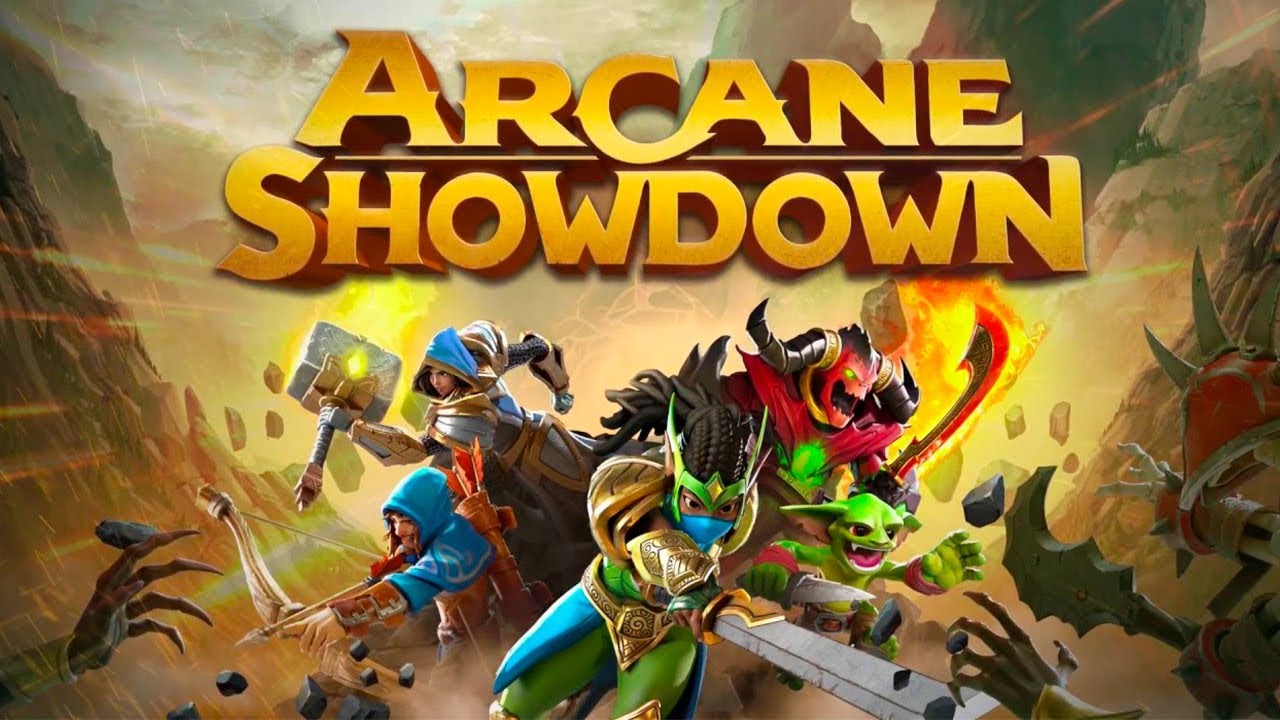Kingdoms of Amalur: Reckoning is loooong. Purported to be a game of an extraordinary 200 hours in length and a blend of action and RPG, Amalur certainly seems to rival the likes of The Elder Scrolls at first glance; this shouldn’t be surprising, given support on the project from lead designer of Morrowind and Oblivion fame, Ken Rolston. Indeed, Amalur’s inspiration draws from many great games and ideas that we’ve seen over the years – but is that enough?
Kingdoms of Amalur
Developer: 38 Studios
Platform: PS3, Xbox 360 (reviewed), PC
Story
In Amalur, you take the role of the “The Fateless One”, a recently resurrected being who, because of his/her death, is no longer tied to the threads of Fate, and is thus able to change the world around them. Shortly after being revived, you are soon attacked by the Tuatha, a group of rebel Fae (read: elves) who seek to conquer the world through the worship of their new God. It’s then up to you to venture out into the world and gather together an army to rebel against the Tuatha and restore peace to the land. However, this is but only one of the many narrative threads that come together to form a fully-realized world.
It’s a shame that despite how well developed this world is, most of the questlines are hit or miss. The main storyline in particular doesn’t seem to pick up until near the last third or so of the game. In fact, as hard as the game tries to build you up as this all-powerful first-of-his/her-kind being that can change, you do relatively little in the ways of meaningful choice. For being “The Fateless One”, all you seem to do is run errands for all the important NPCs that you deal with, rather than be a real leader. Events will play out the same way, and any major choices you might make don’t have consequences beyond what stat bonus you will gain as a reward.
This is not to say that all plotlines are bad – in fact, many of the faction-specific questlines have a greater emotional punch, and you’ll meet characters that have more depth, which really helps the world feel more alive. It’s too bad they’re short, and there aren’t many of them in relation to the other quests of the game.
Gameplay
Gameplay in Amalur follows many of the open-world RPG tropes you’ve come to love from franchises such as Fable and The Elder Scrolls. After a short introduction sequence where you are taught the ropes, you are released in the world to explore as you please, completing the main story at your leisure. Of course, along the way, you’ll stumble upon many a side quest, and the sheer amount of them is staggering. You’ll see golden exclamation marks popping up on your minimap just about everywhere, letting you know there’s yet another adventure to partake.
Apart from the narrative provided, many quests consist of “fetch this”, “kill that” or “walk there” variety. There are also hidden item caches, shrines that grant you temporary stat bonuses and “lorestones” that impart a bit of world wisdom on you and can even grant you permanent bonuses for finding them all. Thankfully, the game’s extensive customizability and combat keep things from ever becoming a grind.
Charater progression in Amalur is separated into combat-based abilities and profession-related skills. Each time you level up, you gain 3 points to place in your abilities, and 1 point for your skills. Abilities are divided into the regular three themes: Might, Sorcery and Finesse. Rather than force you into a role for the rest of the game, Amalur allows you to choose abilities and skills based on your playstyle. By placing points in one of the three styles, you’ll unlock “Destiny” cards that give your character bonuses based on how invested you are in a given tree. Place all your points in Might (the Warrior tree) and you’ll gain bonuses that help you stun enemies more often and make you more resilient to damage. Or you could split points down the Finesse (Thief) and Sorcery and become a Shadowcaster. There are literally cards for every given build and you’re allowed to “respec” at almost anytime so you can experiment to your hearts content.
On top of all the combat abilities you get access to, there are also a wide variety of specialty skills that you can train in, varying from lockpicking and hidden item detection to blacksmithing and crafting gems that can augment your gear. There are quite of few of them, each requiring 10 skill points to master, giving you a lot of choice here. Some skills however, feel like necessities – for instance, Find Hidden, when maxed, will show you the location of ALL treasure chests, hidden doors and caches and lorestones on your minimap in addition to giving you extra gold when looting enemies. While some may choose to forgo this ability, it’s pretty damn powerful and hard to give up in relation to the other skills on offer here.
Where the open-world exploration feels akin to The Elder Scrolls, combat in Amalur feels more like God of War: fast, vicious and action-packed. You can equip two weapons at any one time, varying from an arsenal of 9: longswords, bows, greatswords and hammers—they’re all here. There’s even a new one, Chakrams, a mage-specific weapon that act like dual spinning boomerangs of death. Each weapon has it’s own style and you can unlock new types of moves and combos pending how you build your character. Combat is quick and weapons (especially the larger ones) give a satisfying crunch as they bowl over your enemies. For the magically-inclined, there is also an ability bar than can be accessed by holding the right trigger (this is a hotbar for those of you on the PC) that allows you to quickly equip and sling spells in an easy motion. Finally, as “The Fateless One”, dealing damage to enemies will fill up your fate meter, that, when full, can be released into a “Fate Shift”. Enemies slow down and you’re given a huge boost to damage and a limited amount of time to defeat as many foes as you can and then execute them with a quick-time event for extra experience. It’s nothing new, but the animations are appropriately badass and make you feel powerful.
If there are a few caveats about the combat system the first is that, on consoles, the abilities tab can only hold four spells at any given time and swapping them is painfully slow, as you need to pause the game, scroll down to the ability trees, find your ability and then map it. This can be a real drag on the fast-paced combat, especially for sorcerers, who get access to a good 6 or 7 spells by game’s end. The implementation of this is puzzling, as there is a separate radial menu that hotkeys your items; you can access this by tapping the bumper. It would have made more sense if you could have also mapped spells to these slots to avoid losing the heat of battle.
The second caveat is that sometimes, combat can feel cheap. Amalur makes you feel quite powerful with the array of abilities that it gives you access to, however it seems the game’s only answer to difficulty is to throw more enemies at you that can interrupt your attacks. Some attack animations can take several seconds to play out, in which you can be chain-attacked by a group of monsters before you get a chance to retaliate. In fact, there were several times that I died due to a string of unlucky hits that I couldn’t avoid because I was stuck in recovery animations. I would be more forgiving of the system if it weren’t for every enemy being able to disrupt your attacks, but in it’s current state, it was definitely frustrating at times.
Being an action RPG, Amalur also provides much in the way of loot – so much so, in fact, that you’ll find your backpack stuffed to the brim with all the colourful and epic items that you can’t bid yourself to part with. Thankfully, the inventory interface is easy to manage, if a bit tedious at times when you have too many items. Items that you have no need for can be placed in a junk list at the tap of a button and easily sold at shops whenever you’re stopping by towns. For those specializing in Blacksmithing, items can also be salvaged for parts and the materials used to build new items. Furthering the theme of customization, some items come with sockets as well, allowing you to socket gems for additional status effects.
It’s a little weird that the best gear in the game is crafted, since there are many epic sets of gear with their own unique design that look much better than anything you could craft. I feel like it was a bit of a missed opportunity, however none of the armor pieces in this game don’t actually look bad, it’s just the difference between great and greater.
Presentation
When it comes to presentation, you can really tell that this game has had a touch from Todd McFarlane. The world is full of vivid colour and unique landscapes that emanate a graphic-novel style and look simply astounding at times. It’s a constant delight to explore, as there is so much to see. Item design looks great as well, particularly the armor sets, where even the most basic piece looks more like what many MMO’s would offer in their end-game pieces, and it only gets better from there. Weapons also appropriately make you feel badass and the artistic design is truly one of the most enjoyable aspects of Amalur. Music is whimsical and really helps propel the exploration aspect of the complete, supplementing combat with dramatic horns and aggressive fanfare to help get your blood pumping.
Presentation falters on NPC conversations however, as facial animations are extremely stiff, and many times it doesn’t even look as if characters are making eye contact with you or are cross-eyed. It’s a bit off-putting, and the hit-or-miss voice acting doesn’t help things. While there certainly some characters that pass muster for having a personality, there are others whose vocal tones feel flat and extremely boring. If the situation is so dire, why do you not make it sound like it’s so important? Some energy, please!
Facial movement issues aside, it feels so wonderful to get lost in a world with so much artistic variety – not only in the settings, but the enemies, the weapons, the armor, the people, all of it. Art style obviously isn’t everything when it comes to a game, but the team at Big Huge Games did a damn good job of creating Amalur’s world.
Too Long; Didn’t Read
Kingdoms of Amalur: Reckoning offers a wealth of variety and intense customizability set is a huge, wonderfully styled open world. The world thrives on rich colour and unique design that looks simply gorgeous and is an absolute joy for those who love to explore. It also helps that every weapon or piece of armour, no matter how low in quality, makes you look amazing. The breadth of character customization allows you to play how you like to play, from being a spell-slinger to a cutthroat to a massive tank, or even everything all at once. Combat is fast-paced and makes you feel powerful, even though it can be a bit cheap at times. Really, Kingdoms of Amalur tries to be a Jack-of-All-Trades, with an exceptional amount of breadth in the things that you can do but unfortunately ends up with not as much depth.
MonsterVine Rating: 3.5 / 5


